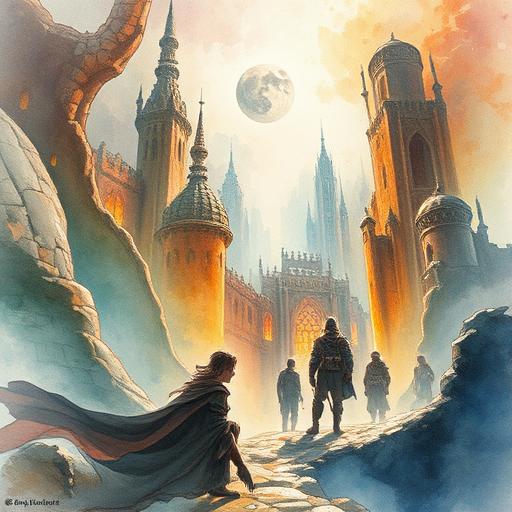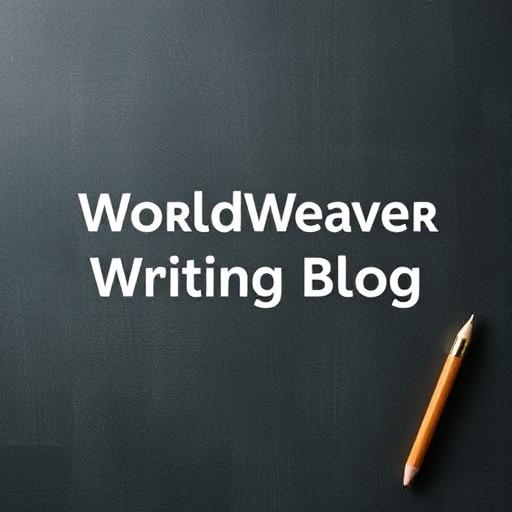Mastering Narrative Structure Techniques
Learn the art of crafting a compelling story with effective narrative structure techniques, and discover how to elevate your writing to the next level. This article provides valuable insights and practical tips on narrative structure.

Introduction to Narrative Structure
Narrative structure refers to the organization of events in a story. It's the backbone of your writing, providing a framework for your plot to unfold. A well-crafted narrative structure can make or break your story, engaging your readers and keeping them invested in your characters' journeys.
Key Techniques
Some essential narrative structure techniques include:
- Non-linear storytelling: presenting events out of chronological order to create suspense or surprise
- Flashbacks: using past events to inform the present and deepen character understanding
- Cliffhangers: ending chapters or scenes with unresolved conflict to keep readers engaged
- Red herrings: introducing false clues to mislead readers and add complexity to your plot
Crafting Emotional Resonance
To create an emotional connection with your readers, consider the impact of character development on your narrative structure. For example, when deciding how to make a character die, think about the emotional resonance their death will have on your story and its characters. This technique can be a powerful tool in shaping your narrative and leaving a lasting impression on your readers.
Putting it All Together
By mastering narrative structure techniques, you can create a story that's both engaging and meaningful. Remember to balance action, dialogue, and description to keep your readers invested in your narrative. With practice and patience, you'll develop the skills to craft a compelling story that resonates with your audience.
Comments
Comments are hidden to save bandwidth. Load them when you want to read or leave one.







